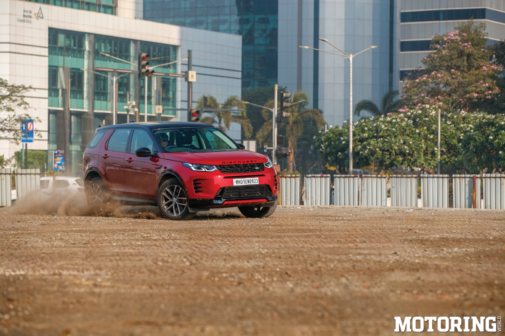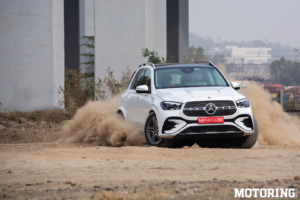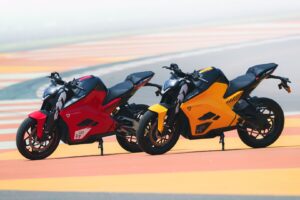There is a new Pulsar in town and it claims to be the fastest yet. Is that all to it, though? We find out in five quick questions.
1. What’s new about it?
In a sense, everything that’s visible to the naked eye is new. To begin with, there is the fairing, which looks extremely impressive from the head-on, but in profile looks a bit hard on the eye. It looks a bit confused and lacks flow, although Bajaj does claim it has been designed under aerodynamic guidelines. The RS200 now gets twin projector head-lights, a very radical-looking split tail-light, ABS (optional, single-channel only) and a new stubby exhaust. This, apart from fuel-injection and marginally uprated MRF Zapper tyres. The 199.5 cc motor produces 24.1 bhp at 9750 rpm (0.9 bhp more than the 200 NS), and it’s geared slightly shorter than the NS.
- Is it the fastest? If you believe in speedo readings, then the RS200 will show you a decent 150 kph on the clock, although Bajaj claims a true top speed of 141 kph. This means it isn’t really the fastest Pulsar yet, since the 220F was a bit faster. However, if faster to you goes beyond top speed and extends to the overall package (chassis, balance, weight distribution and so on) then yes, the Pulsar RS200 is the fastest, in a sense.
- How does it handle?
Much like the 200NS, it is absolutely neutral. The heavier kerb weight in no way affects the agility and is quite effortless through gentle curves. It’s not the sharpest handling bike, frankly, and on corner exits, it almost gives one the sensation of understeer when exiting tighter corners. I doubt it will be as apparent on the roads as it is around a track, though. - Is it more of a track bike or a tourer?
On a race track, the RS200’s strengths are outright speed, neutral handling, decent grip and fairly strong braking. Its disadvantage is perhaps the somewhat upright riding stance thanks to the tall split handlebar and an inability to accept too-aggressive inputs (unlike the Yamaha R15). I suppose this sort of setup will work beautifully on fast, flowing twisties and touring on it does seem like a good idea, especially considering it is extremely refined and comfortable at three digit speeds. - Why should you buy one over anything else? First of all, if you’re a Pulsar loyalist, you will love how it has evolved as a motorcycle. It doesn’t feel as raw as the 220F, but as a package, it does feel a lot more balanced than any Pulsar prior to the RS. In its segment, which basically comprises of the Yamaha R15 and the Honda CBR 150R, it certainly has a lot more to offer in terms of features and overall performance and, in fact, it is in many ways better than even the Honda CBR 250R, especially from a value perspective. It’s not as cool as the KTM RC200, however, and if you want a faired motorcycle for the racetrack, the KTM is far better as a tool. If you like to stick to the streets, though, there’s little you won’t like about the RS200. At Rs 1.18 lakh (non-ABS) and Rs 1.30 lakh (ABS; all prices ex-showroom, Delhi), Bajaj has given its typically sensational pricing a miss, although it still is a fair price for the sort of performance and technology on offer. Now to wait for the RS400…
















